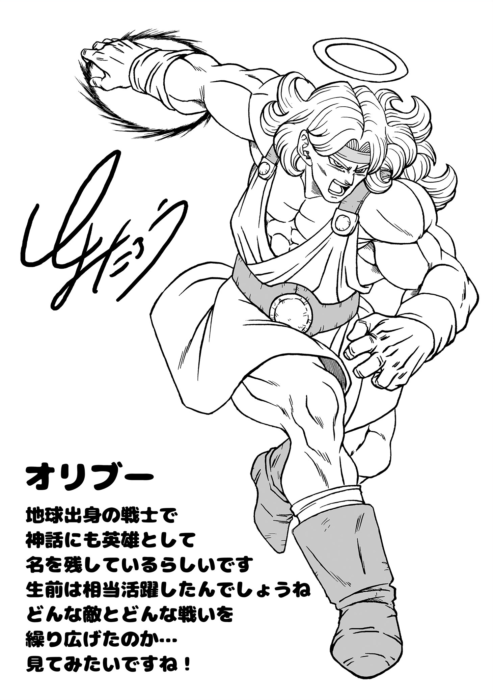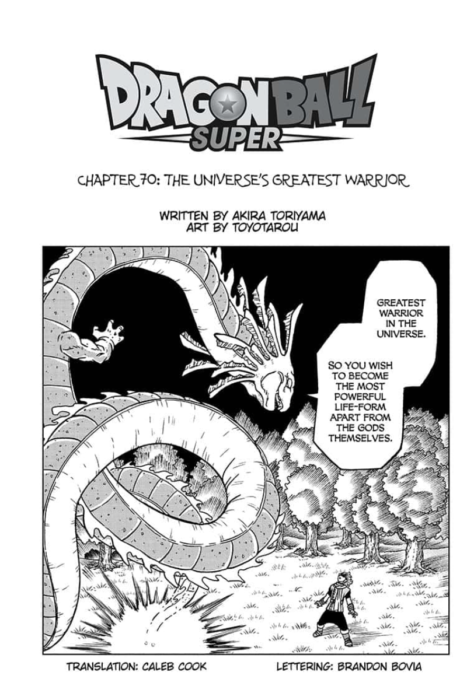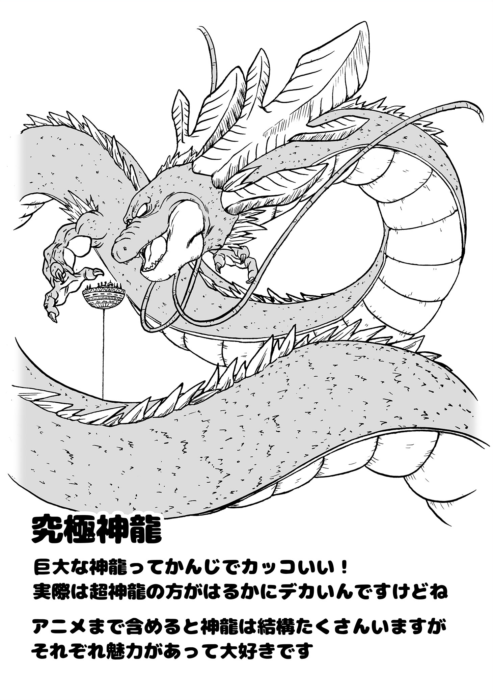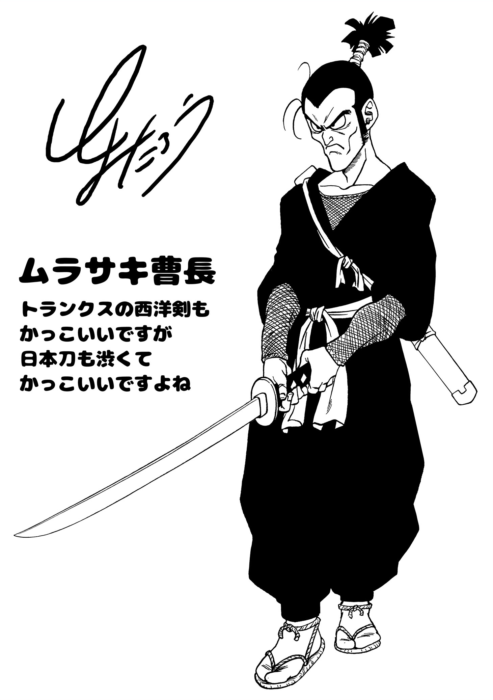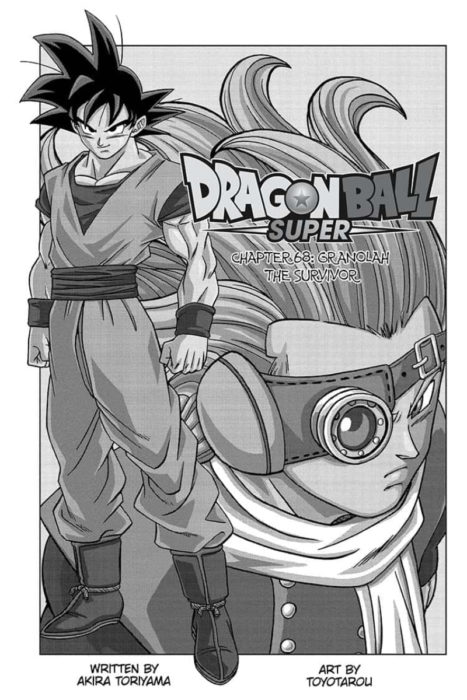Online video provider Tubi announced today the forthcoming addition of the Dr. Slump television series to the streaming platform alongside other entries from the Toei Animation catalog.
FOX ENTERTAINMENT’S FREE STREAMING SERVICE TUBI SIGNIFICANTLY EXPANDS ANIMATION PORTFOLIO BY ENTERING CONTENT DEAL WITH ANIME POWERHOUSE TOEI ANIMATION
Adding to its robust anime arsenal, Tubi secures seven series and six films from Toei Animation for the US, Canada and Mexico including global franchise phenom One Piece
SAN FRANCISCO, February 24, 2021 – Tubi (www.tubi.tv), a division of FOX Entertainment, is continuing to expand its robust animation portfolio by entering a significant licensing agreement with Toei Animation, the industry-leading anime studio and pioneer in Japanese animation. With the deal including seven television series totaling nearly 500 episodes, as well as six TV specials, viewers will soon have access to six TV special installments of the internationally popular One Piece franchise – including 3D2Y, Episode of Sabo, Adventure of Nebulandia, Heart of Gold, Episode of East Blue and Episode of Skypiea – as well as episodes from the One Piece television series currently streaming on Tubi. Additionally, Tubi viewers will also now enjoy episodes of the classic and popular anime series Toriko, Saint Seiya: Saintia Sho, Saint Seiya: Hades, Ge-Ge-Ge No Kitaro, Slam Dunk, and Dr. Slump.
As part of the deal and for the first time ever, Tubi will stream English subtitled versions of Dr. Slump (from Akira Toriyama, creator of Dragon Ball) and Saint Seiya: Hades. Tubi’s collaboration with Toei Animation marks the newest anime offering to complement its massive library of 30,000 movies and television series – all completely free.
“Our new partnership with Toei Animation super serves fans with some of the most iconic anime ever created,” said Adam Lewinson, Chief Content Officer at Tubi. “With One Piece, Akira Toriyama’s Dr. Slump, Slam Dunk and more, Tubi viewers will soon have instant access to nearly 500 episodes of some of the world’s best anime, further expanding our powerful collection of animated content.”
“We’re thrilled to bring this collection of six TV specials and nearly 500 series episodes from Toei Animation’s library to Tubi viewers for the first time,” said Masayuki Endo, President and CEO of Toei Animation Inc. “From the One Piece specials and series episodes to Saint Seiya and Dr Slump to Ge-Ge-Ge No Kitaro and Slam Dunk, there is something for every anime fan on Tubi to enjoy.”
Based on the best-selling manga title in history by Eiichiro Oda, the One Piece anime series from Toei Animation first premiered in 1999. Toei Animation has produced more than 960 One Piece episodes to date and counting. The series follows the adventures of Monkey D. Luffy and his fearless Straw Hat Pirates on a fantastical journey across a world teeming with wonders and imagination. Today, One Piece enjoys a multi-generational fandom and continues to captivate viewers both young and old. One Piece is now a global franchise and its story and characters have expanded beyond print and TV to include film, gaming, amusement parks and merchandise.
Additional Toei Animation titles coming to Tubi include:
- Dr. Slump (English subtitled version on Tubi) – Based on the manga by Akira Toriyama (creator of Dragon Ball), this comedic adventure about an inventor and his robotic daughter Arale. Dr. Slump predates Toriyama’s Dragon Ball, but occasionally the two series have had crossover appearances and share the same universe.
- Toriko – During the Gourmet Age, an era in which the world is full of undiscovered ingredients and people seek out unknown and exquisite culinary delights, the Gourmet Hunter, Toriko travels the world to capture wild ingredients to complete the “Full Course Meal of Life.”
- Ge-Ge-Ge No Kitaro – Kitaro, a monster with a strong sense of justice receives letters from people crying out for help. Kitaro fights monsters to solve these problems.
- Slam Dunk – Hanamichi, a high school boy with no basketball experience plays a game with the captain of a basketball team and wins. His basketball life begins and he and his teammates aim for victory.
- Saint Seiya: Saintia Sho – This series is told from the point of view of the Saintias, the Female Saints who act as a bodyguard and personal attendant for Athena, as the conflict in “Knights of the Zodiac” unfolded.
- Saint Seiya: Hades (English subtitled version on Tubi) – Hades, the Lord of the Dead, has come back from the depths of darkness and is after Athena. Will Seiya and the Gold Saints be able to protect Athena from the approaching hands of death?
Tubi has more than 30,000 movies and television shows from over 250 content partners, including nearly every major studio. The service gives fans of films and television programs an easy way to discover new content that is available completely free.
Tubi is available on Android and iOS mobile devices, Amazon Echo Show, Google Nest Hub Max, Comcast Xfinity X1, Cox Contour, and on OTT devices such as Amazon Fire TV, Vizio TVs, Sony TVs, Samsung TVs, Roku, Apple TV, Chromecast, Android TV, PlayStation 5, Xbox Series X | S, and soon on Hisense TVs globally. Consumers can also watch Tubi content on the web at http://www.tubi.tv/.
The press release notes that 500 episodes worth of content from the various announced series will be added, so it remains to be seen how many of the 200+ episodes of Dr. Slump will specifically be made available, as well as if and when additional episodes may make their way to the service.
Based on Akira Toriyama’s 1980-1984 manga originally serialized in Weekly Shōnen Jump, the Dr. Slump television series by Toei Animation ran from 1981 to 1986 on Fuji TV; it was replaced by the Dragon Ball television series after its conclusion. In a fitting switch, the 1997 Dr. Slump reboot television series took its original timeslot back following the conclusion of the Dragon Ball GT television series that November, itself running for just over 70 episodes.
Arale and the Dr. Slump cast have made their way into the extended Dragon Ball universe many times over the years, beginning with a three-chapter crossover during the original manga’s Red Ribbon Army story arc.
Along with Dragon Ball, Harmony Gold dubbed a pilot production of Dr. Slump in the 1980s, though this attempt never resulted in a proper, continued broadcast of the series. The Dr. Slump television series has long had a complete episode listing on Amazon Prime, though the episodes have not been actually made available for streaming in America. The original manga, translated by Alexander O. Smith, is available in English from Viz both digitally and in print.

